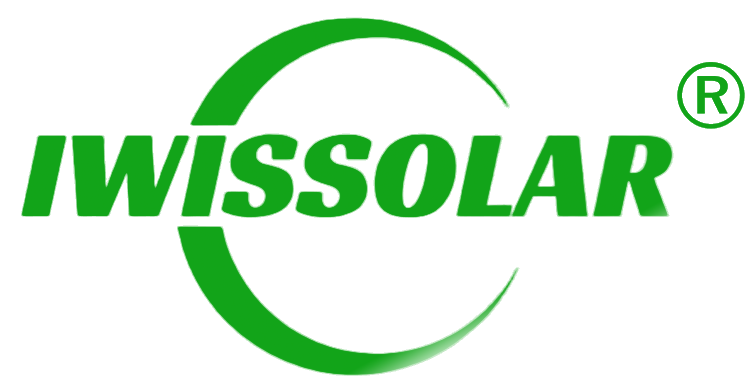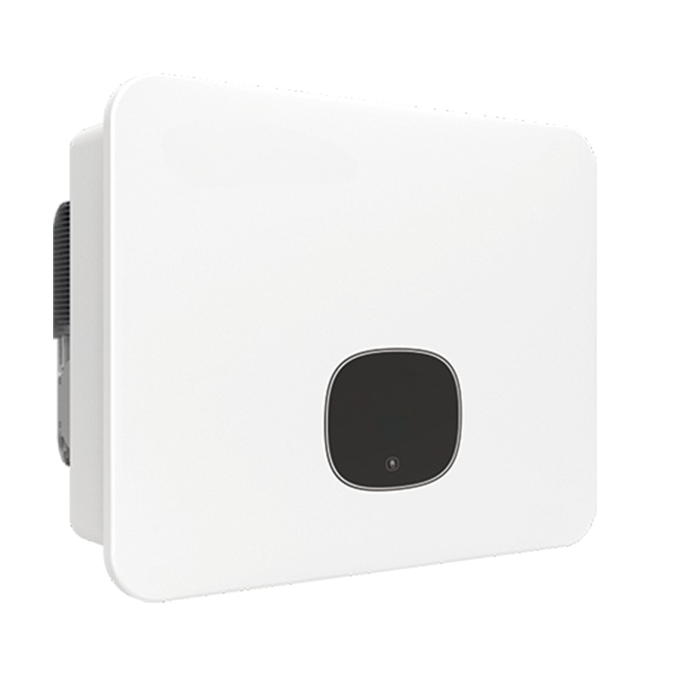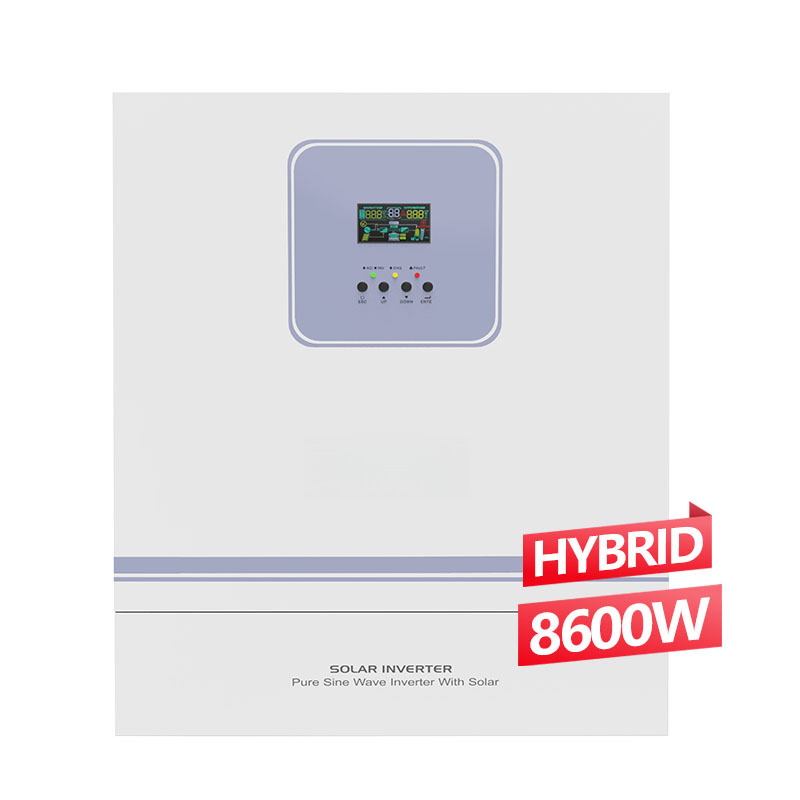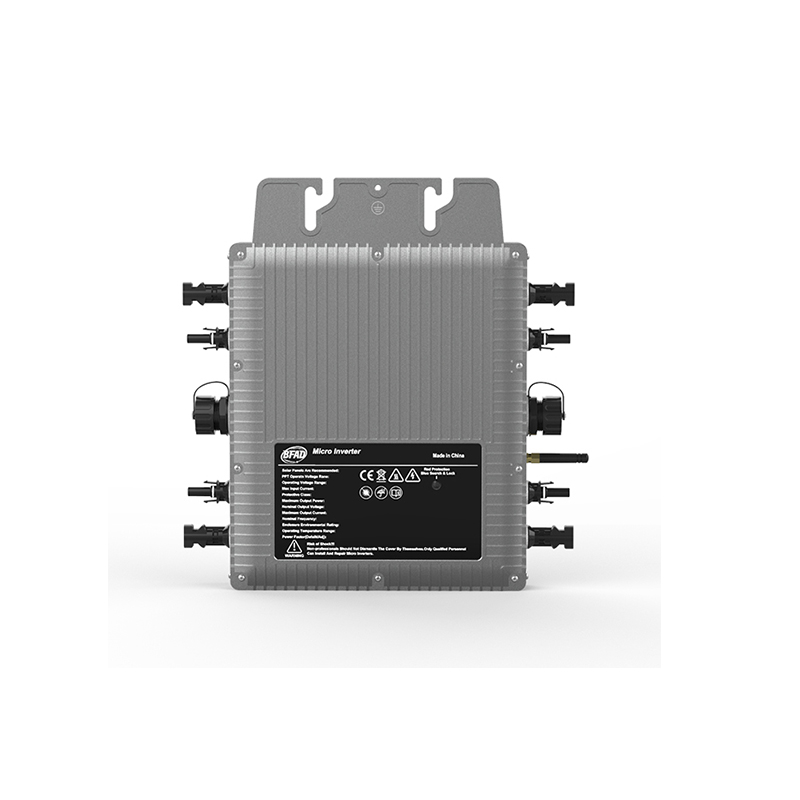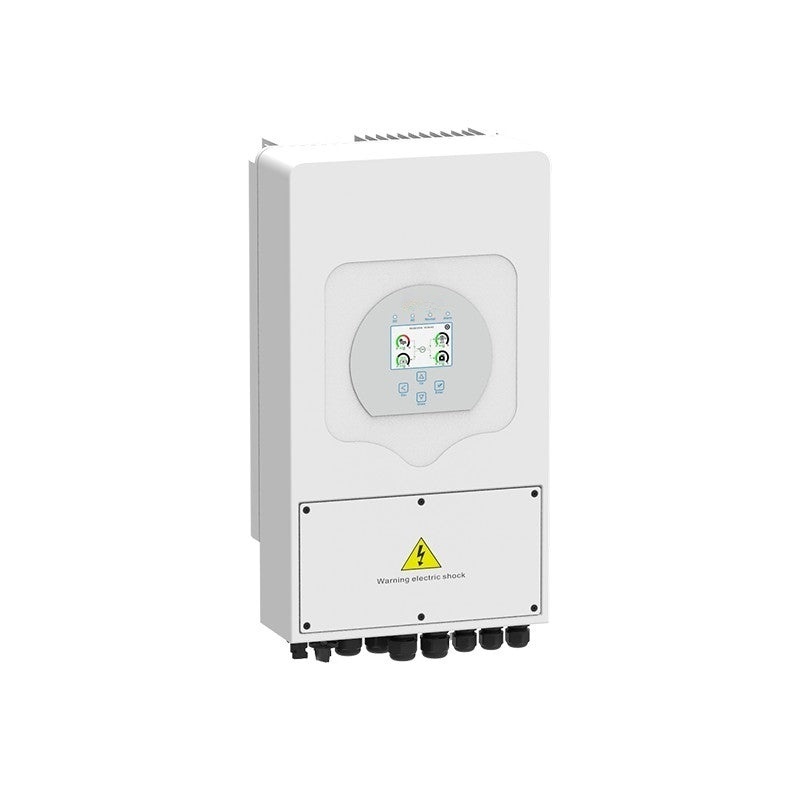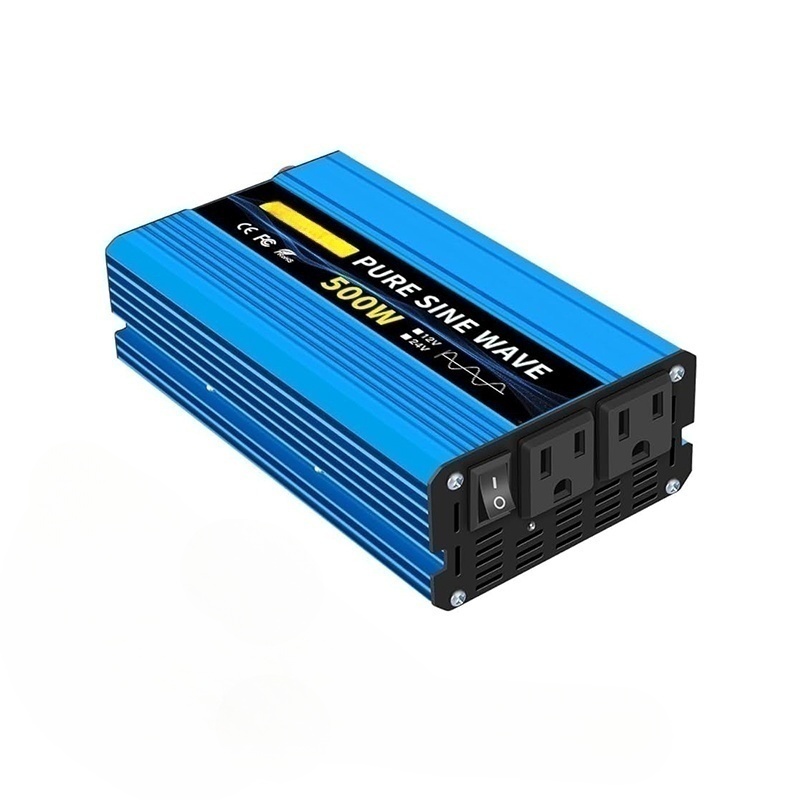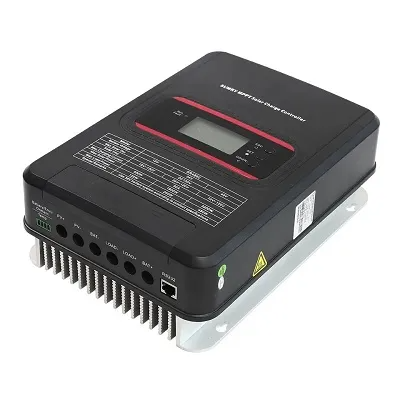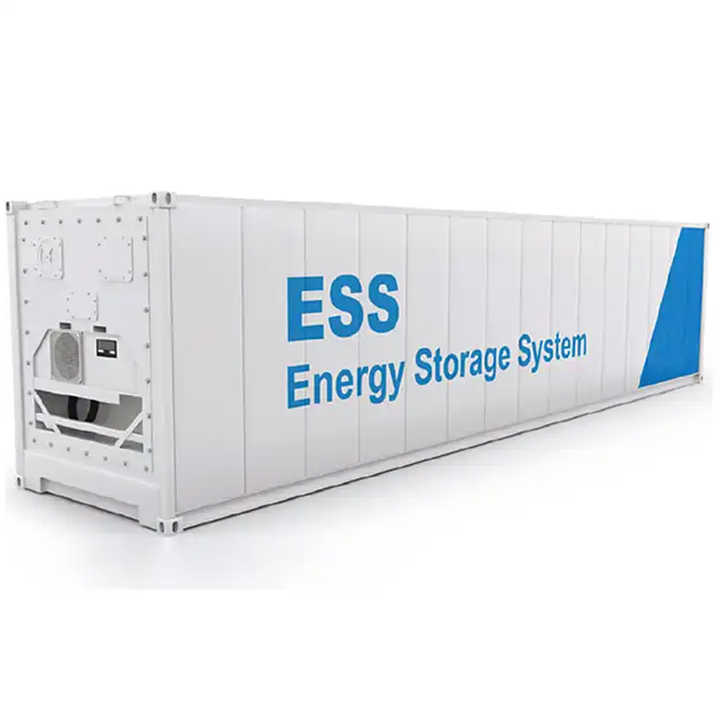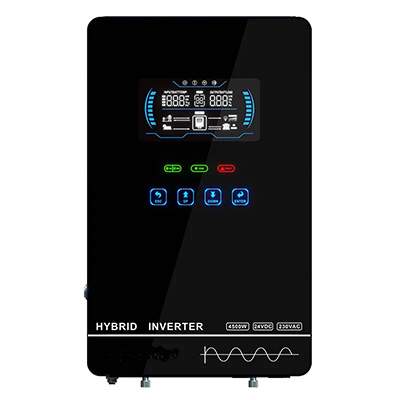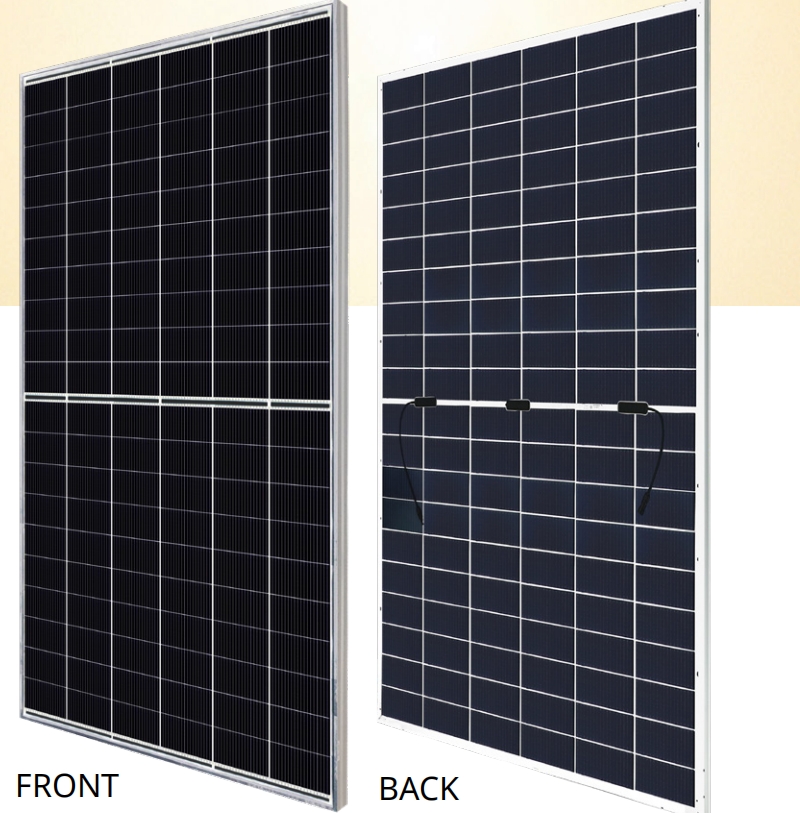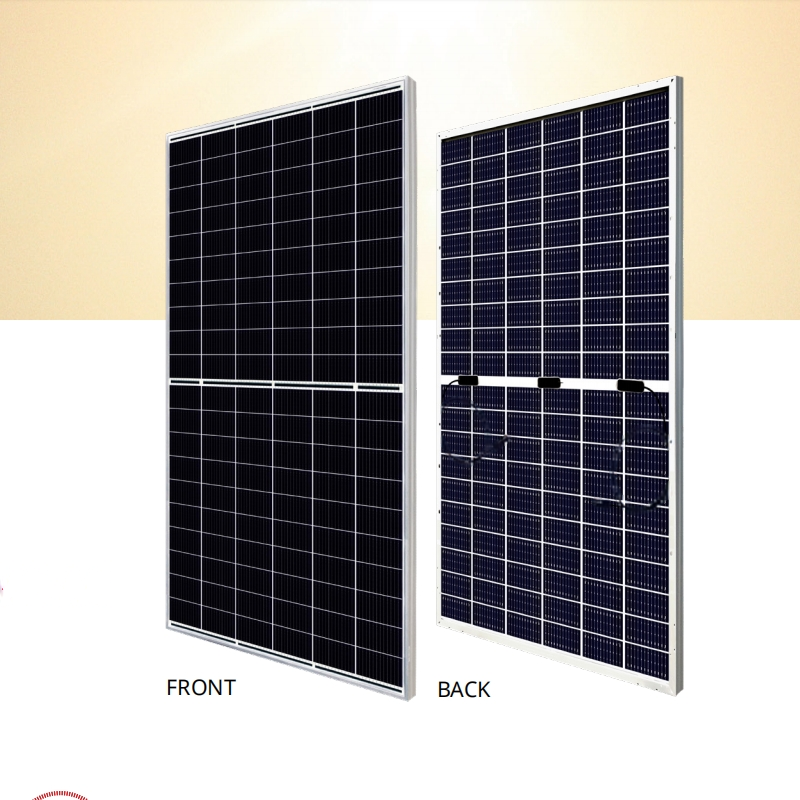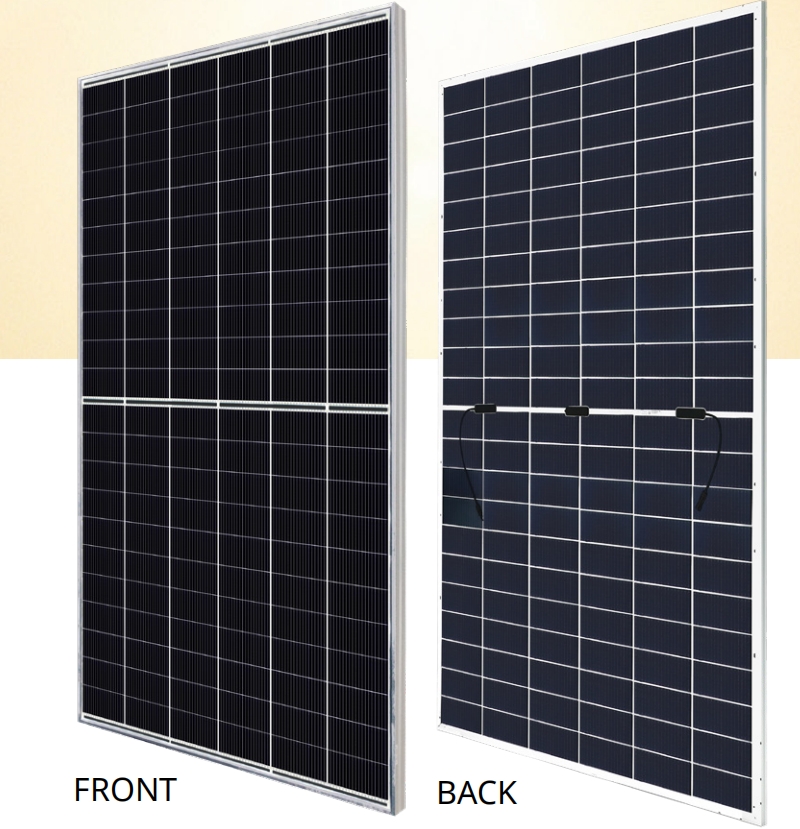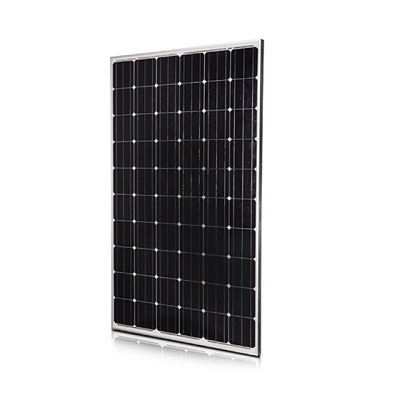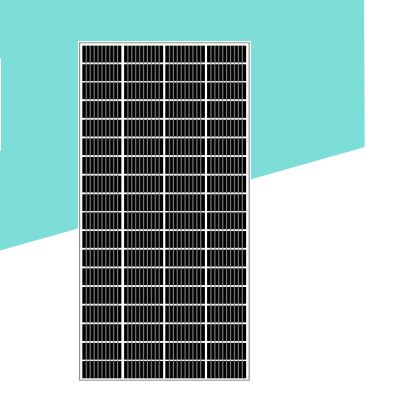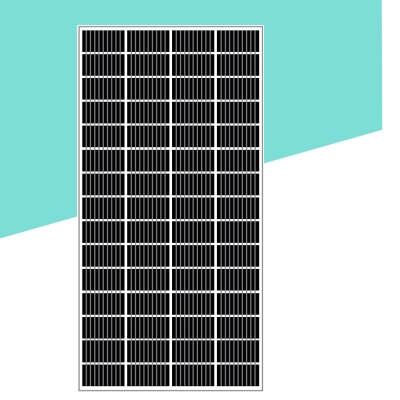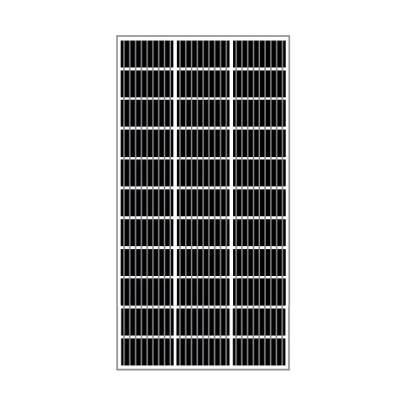How a Solar Plant Works and Why It Matters in 2025
Solar energy is rapidly reshaping the global energy landscape. As the demand for sustainable solutions rises, understanding the inner workings of a solar plant becomes increasingly crucial. In this article, you’ll learn what solar plants are, how they function, and how they can play a pivotal role in creating a greener future.

Understanding the Fundamentals
A solar plant, also known as a solar power plant, is a facility designed to harness sunlight and convert it into electricity using photovoltaic (PV) or concentrated solar power (CSP) systems. These plants have emerged as a key player in the transition from fossil fuels to renewable energy.
Historically, solar power was used in small-scale applications like solar calculators or garden lights. But today, large-scale solar installations generate electricity for thousands of homes and industries, making them a cornerstone of modern energy strategies.
1.1 Photovoltaic Systems
Photovoltaic systems use solar panels to capture sunlight and convert it directly into electricity through the photovoltaic effect. These panels are typically made of silicon cells that produce direct current (DC) electricity.
For example, a 1 MW solar plant using PV technology can power up to 500 average homes. It’s a clean, modular, and scalable solution that’s gaining momentum globally.
1.2 Concentrated Solar Power
Unlike PV systems, concentrated solar power (CSP) uses mirrors or lenses to focus sunlight onto a central receiver. The heat generated is used to produce steam that drives a turbine, generating electricity.
CSP is particularly effective in sunny regions and often includes thermal storage to provide power even after sunset. This makes it a reliable option in grid-scale applications.
Practical Implementation Guide
Now that the core technologies are understood, it’s time to explore how to implement a solar plant effectively. From planning to execution, each phase demands careful consideration for optimal results.

2.1 Actionable Steps
- Site Selection: Choose a location with high solar irradiance and minimal shading. Evaluate land availability, topography, and proximity to the grid.
- System Design: Use solar modeling tools to determine panel placement, tilt angles, and required capacity. Incorporate battery storage if needed.
- Installation & Commissioning: Hire certified installers. Set timelines for permitting, procurement, and system integration. Conduct testing before launch.
2.2 Overcoming Challenges
Common challenges include unpredictable weather, equipment costs, and regulatory hurdles. To address these:
- Use weather forecasting tools to predict output.
- Seek government incentives to offset costs.
- Work with local authorities for faster approvals.
Expert tips: Regular maintenance, real-time monitoring, and system upgrades can significantly improve plant efficiency.
Advanced Applications
For those looking to go beyond basic installations, solar plant technology offers numerous advanced applications. These are ideal for industries, municipalities, and regions targeting net-zero emissions.

3.1 Hybrid Solar Systems
Hybrid systems combine solar power with other sources like wind or diesel generators. This ensures uninterrupted power supply, particularly in off-grid locations. For instance, remote hospitals now use hybrid systems for critical operations.
3.2 Smart Grids and IoT Integration
Integrating solar plants with smart grids allows for efficient energy distribution and real-time management. IoT sensors can track energy production, detect faults, and predict maintenance needs, making the system more intelligent and responsive.
Future Outlook
The future of solar energy is bright. Experts predict that by 2030, over 50% of new electricity generation will come from solar. Emerging technologies like perovskite cells and solar windows promise even higher efficiency.
To stay ahead, individuals and organizations should invest in training, embrace automation, and explore solar-backed energy storage systems. This proactive approach ensures long-term benefits from your solar investments.
Conclusion
In summary, solar plants are essential for a sustainable future. They are scalable, cost-effective, and eco-friendly. Understanding the fundamentals, implementation process, and advanced uses empowers you to make informed decisions.
If you’re considering adopting solar energy, start by assessing your energy needs and exploring suitable technologies. The future is solar—be part of the change.
Frequently Asked Questions
- Q: What is a solar plant? A solar plant is a facility that converts sunlight into electricity using photovoltaic or thermal technology. It can power homes, businesses, or entire cities.
- Q: How do I start building a solar plant? Begin with site analysis, then consult engineers for system design and installation. Research local regulations and incentives.
- Q: How long does it take to build one? A typical mid-size solar plant takes 6-12 months, depending on size, permits, and weather conditions.
- Q: How much does it cost? Costs range from $0.80 to $1.50 per watt installed. A 1 MW plant may cost between $800,000 to $1.5 million depending on location and tech.
- Q: How does it compare to other energy sources? Solar is clean, silent, and has low operational costs. Unlike fossil fuels, it’s renewable and doesn’t emit greenhouse gases.
- Q: Is solar technology hard to learn? Not necessarily. Many training programs exist, and installation processes are increasingly standardized. Basic technical skills are enough to get started.
- Q: Can industries benefit from solar plants? Absolutely. Industries can cut electricity bills, meet sustainability goals, and gain energy independence with customized solar solutions.
